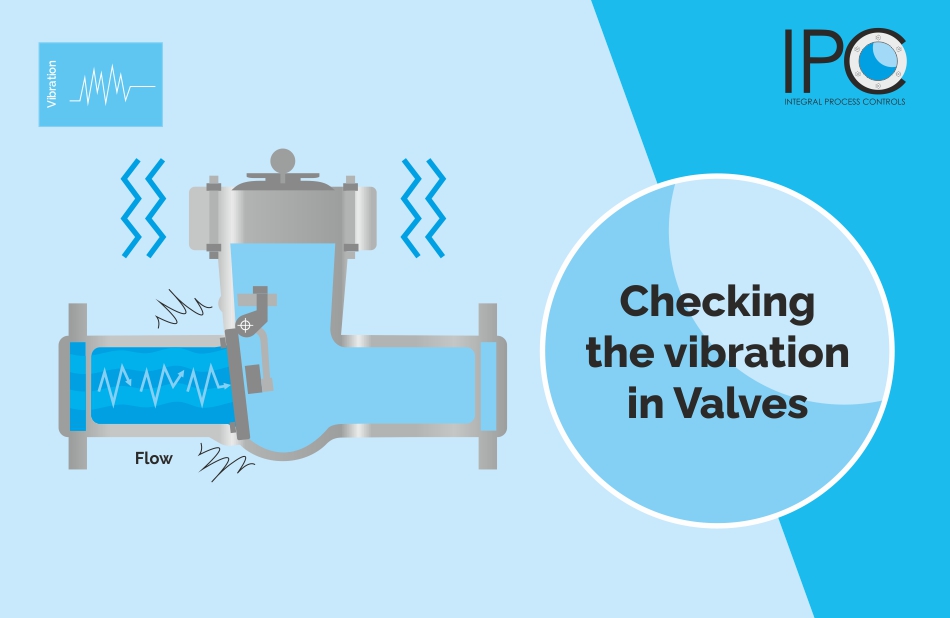A shaky hand at any job is a recipe for an accident.
When a valve in a critical application tends to vibrate, it’s a cause of serious concern.
Compressible fluid flows and many other external factors can cause vibrations in the valve which in extreme cases can put the entire control operation at risk.
Vibrations may damage the actuator, break the stem of the valve, cause severe damage to the valve seat, reducing valve efficiency, or lead to complete failure of the process control.
In some cases, the high level of vibrations in the valve and the piping could cause panic and disturbance for workers at the facility, fearing a possibility of explosion.
Where do vibrations come from?
Vibrations can be caused due to many factors inside as well as outside the valves and piping. Detecting the cause of vibrations is a difficult job that requires detective work. The vibration in valves can be classified into two types.
Acoustically induced vibration (AIV): This vibration is a result of excessive noise generated in or around the piping system. The high-frequency sounds can cause fatigue failure in welded downstream connections. OSHA regulations also mandate the use of hearing protection if the noise levels are too loud.
Flow-induced vibration: When a fluid flowing at high velocity meets an obstacle in the form of a control valve, its kinetic energy causes vibrations that can damage the piping as well as the valve.
Some causes of flow-induced vibration include…
- Rapid closure of the valve
- Water hammer effect
- Process stream energy release
- Upstream equipment pulsations
- Support structure vibration
- Cavitation
Measurement of vibrations
Measuring of the vibrations and analysis of the data is the key to detection and elimination of the problem. Accelerometers and vibration sensors are placed at various points of valve and actuator assembly. The data recorded by the sensors is analyzed to study frequencies, velocity, acceleration and amplitudes of displacement, and other characteristics of the vibrations over time.
Redressing vibrations
In the case of AIV, a simple division of flow can considerably reduce the vibrations. Instead of passing the flow through a single opening, it is divided into multiple smaller streams by providing multiple smaller openings. With the increase in the number of openings, the noise in the system goes on reducing.
In the case of flow-induced vibrations, the fluid velocity is reduced by changing pipe size. Enhancing the pipe wall thickness ensures more rigidity to the system to resist the vibrations. Most measures taken to eliminate flow-induced vibrations are concerned with strengthening the piping and support infrastructure.
Conclusion
Protecting the valves from vibration is a critical factor to consider when selecting control valves. Techniques such as flow simulation are now making it possible to observe the behaviour of fluids in the pipeline and valves. Pipe thickness and diameter, as well as valve designs, can be modified to withstand high-frequency sounds.
At IPC, we work to design and deliver valves of the right specification and strength in the shortest possible lead time. The customers can track their valves through the design and testing processes to ensure procurement of quality valves compliant with relevant standards and application requirements.
To quickly procure quality valves customized to your requirements, get in touch with us!

